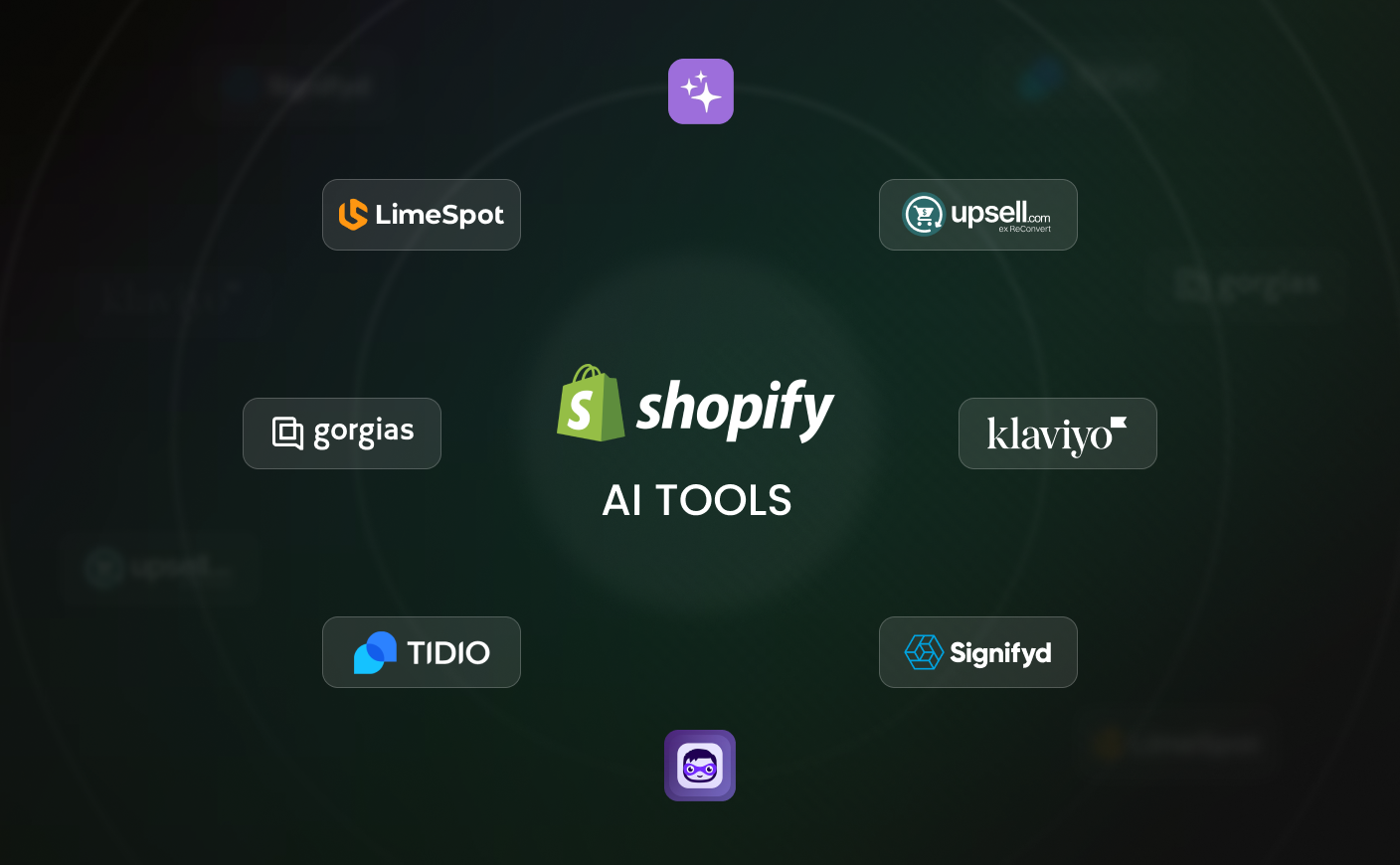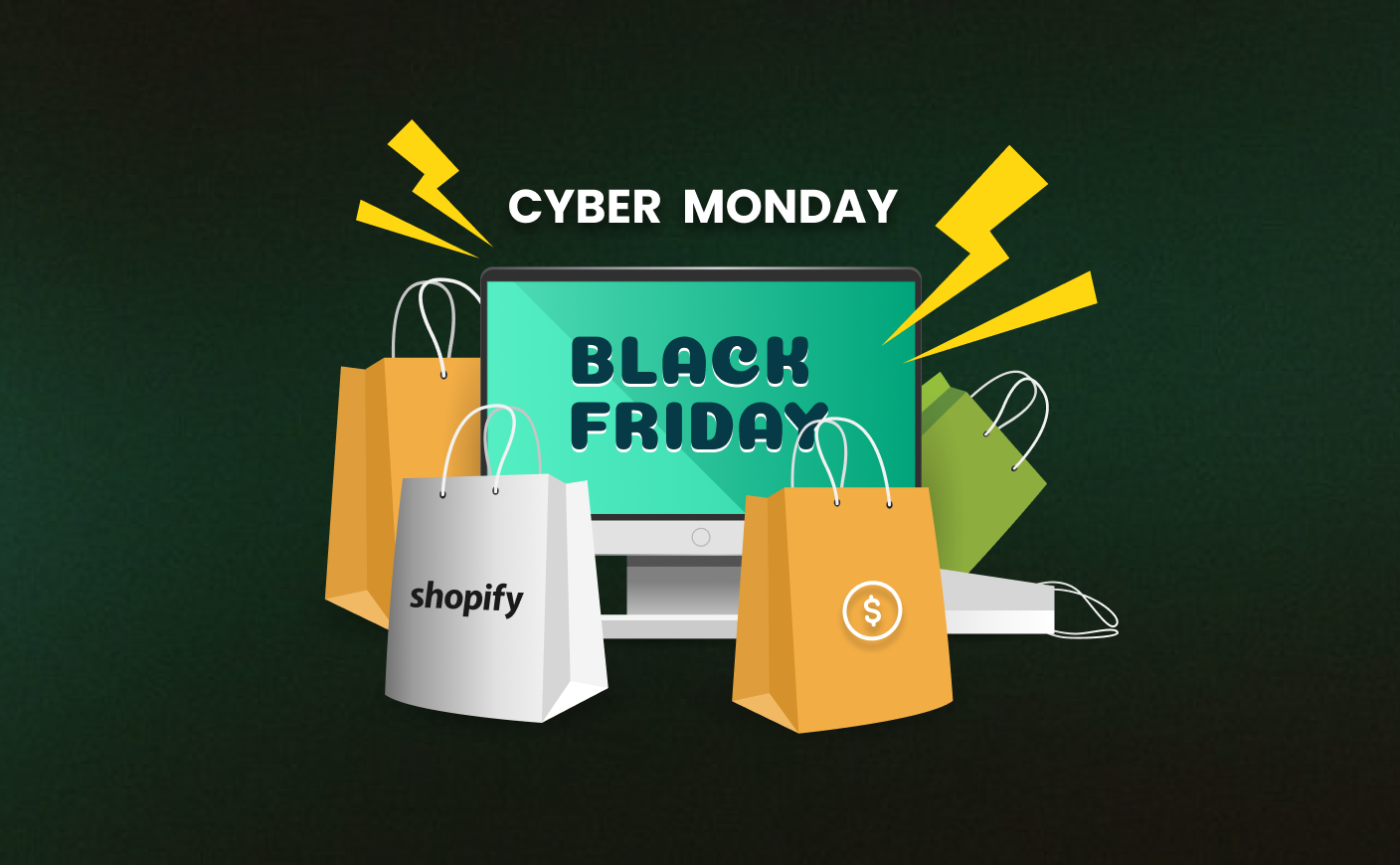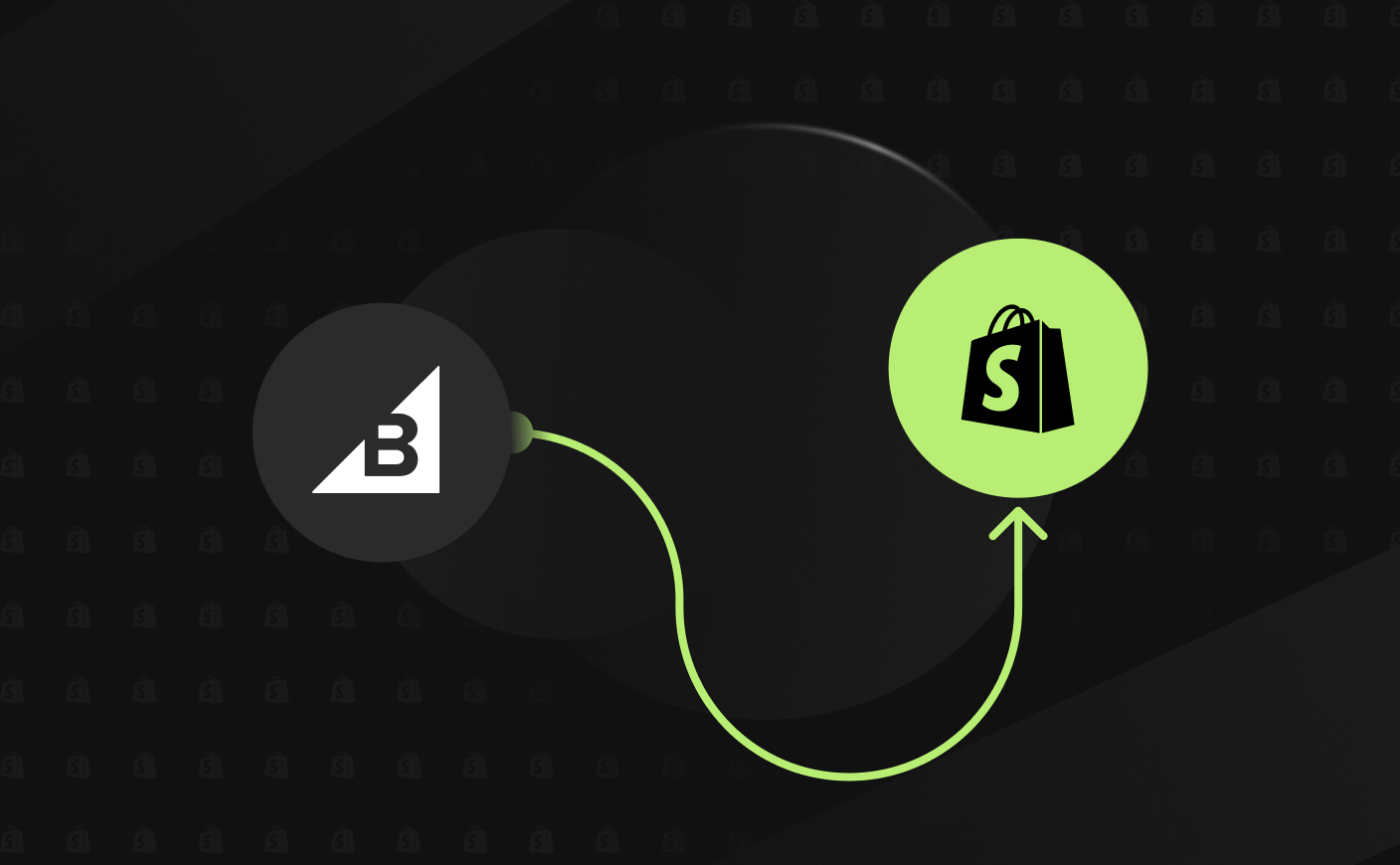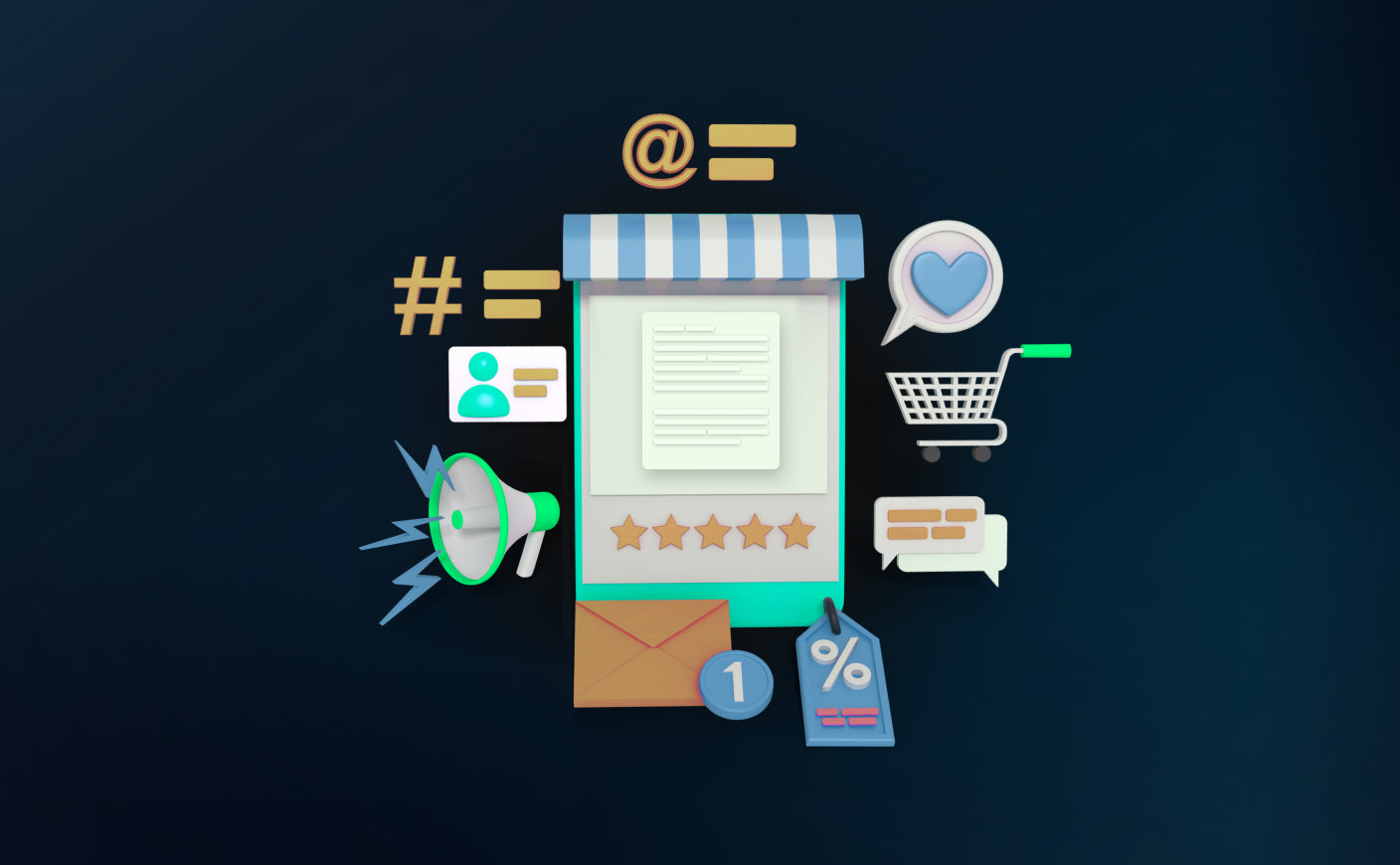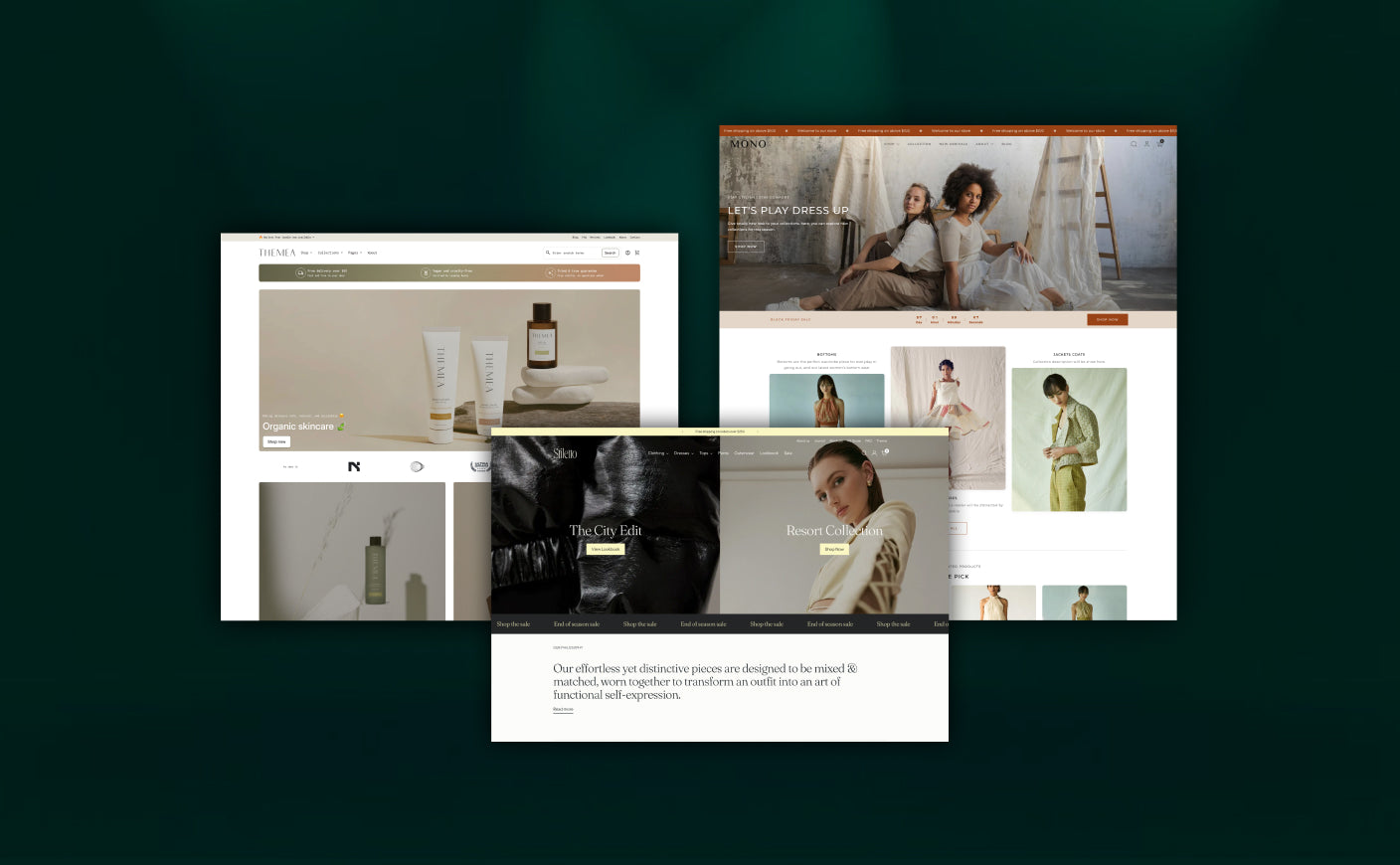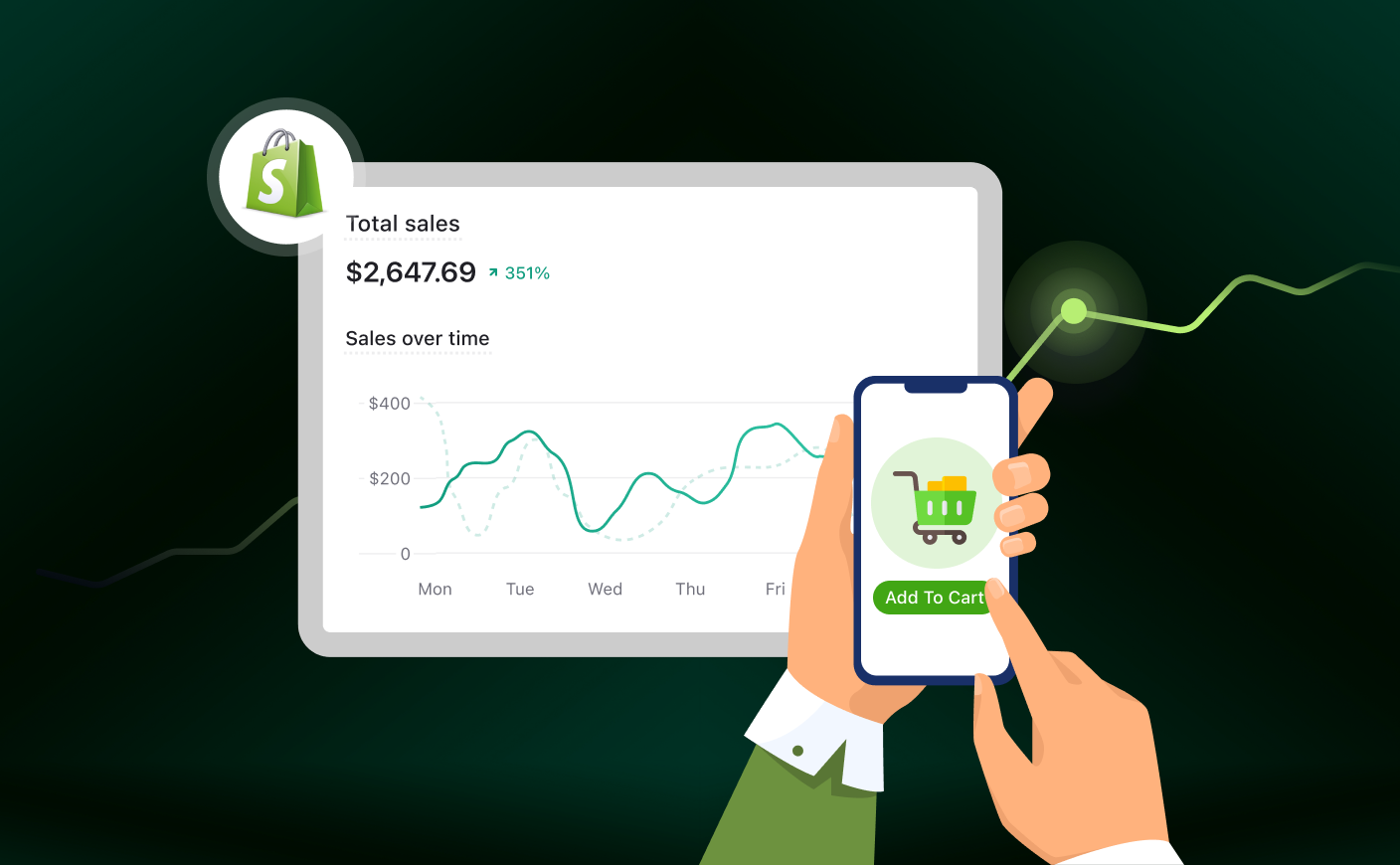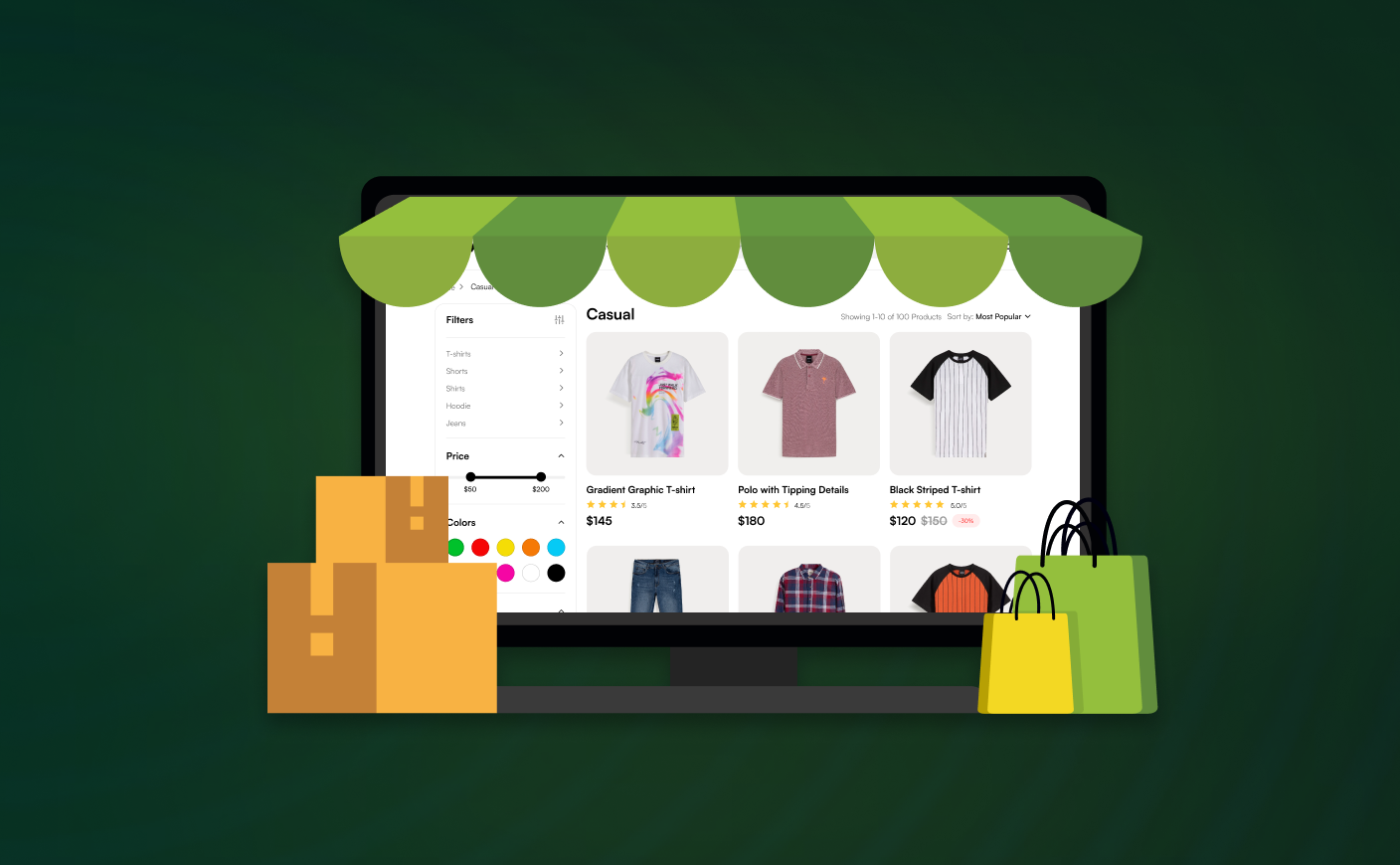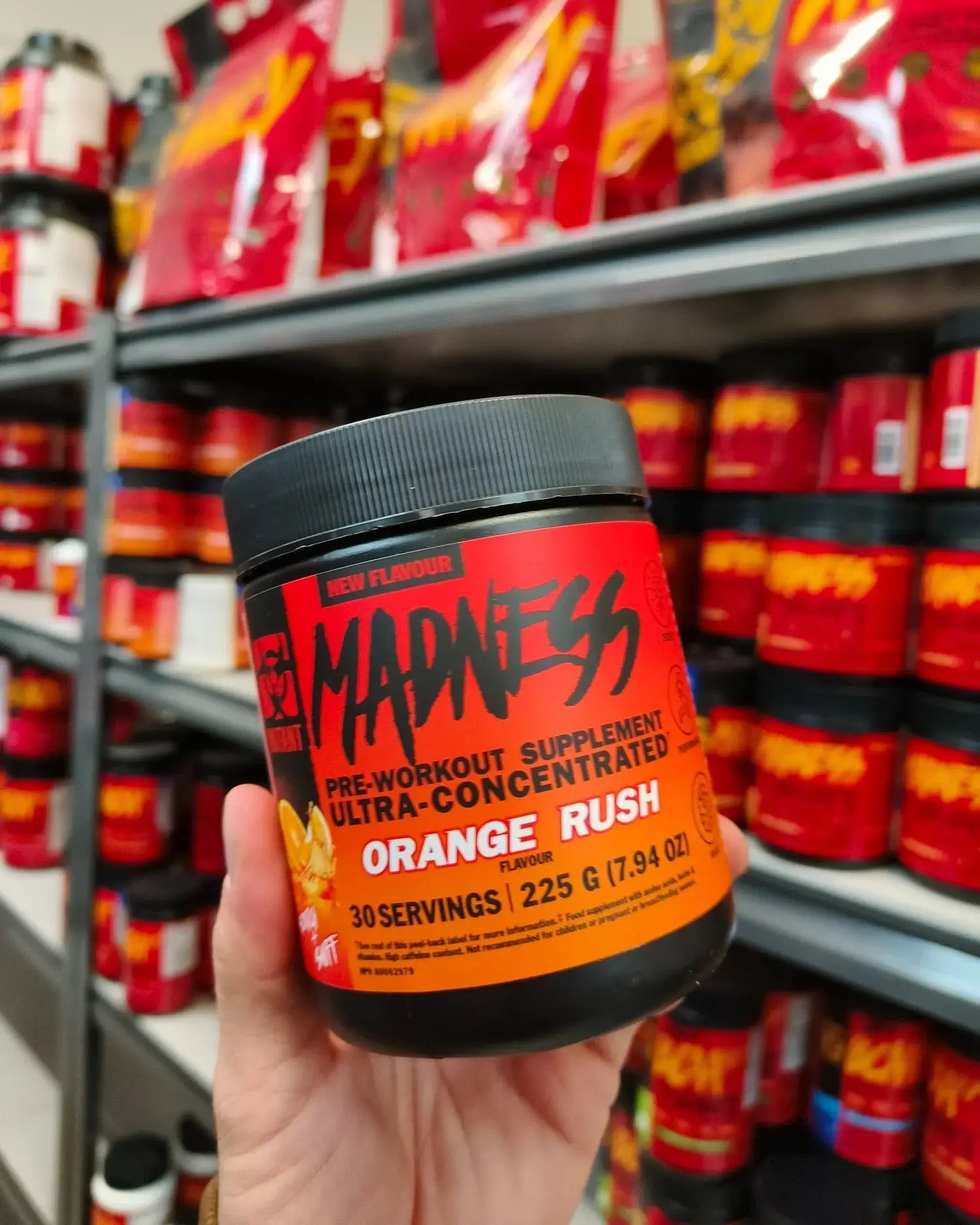Why More Brands Are Choosing Blended Shopify B2B Stores in 2025
Shopify B2B
Shopify summer edition 2025
shopifyB2C
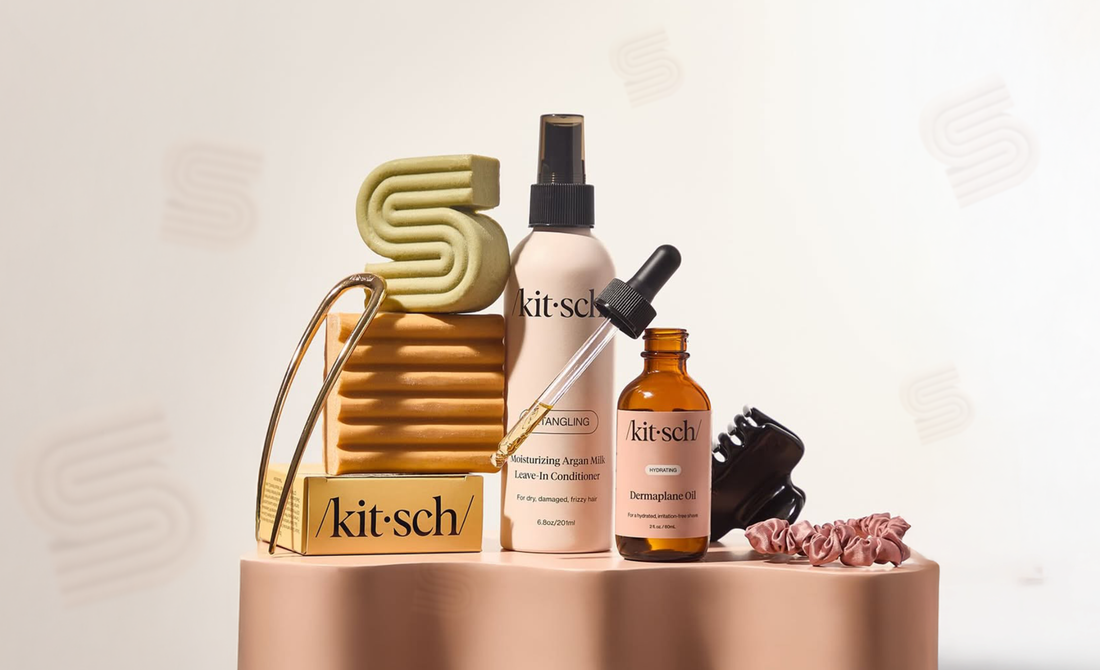
B2B Ecommerce is not what it used to be and honestly, that’s a good thing.
No one wants to deal with clunky catalogs, phone orders, and endless email threads anymore. Today’s buyers expect a fast and personalized shopping experience, just like they do when they shop for themselves.
As per a recent data, 80% of B2B transactions are expected to happen online by the end of 2025 (source: Gartner)
So what’s really behind this big shift to online? Honestly, it’s Shopify.
Over the last few years, Blended Shopify B2B has become very popular among wholesalers, manufacturers, and hybrid brands. With the availability of tools like custom pricing, company profiles, and tailored stores, it’s helping businesses of all sizes sell smarter.
In this post, we’ll explore why blended Shopify B2B stores are beating dedicated ones in 2025. And how it is helping brands save money, cut headaches, and create better shopping experiences for their customers.
So if you’re wondering which path to take, this guide is for you.
A Quick Glance at Blended vs. Dedicated B2B Stores
When it comes to selling B2B on Shopify, merchants usually fall into two camps: blended stores or dedicated B2B stores.
Both models work but which one fits your business depends on how you operate and who your buyers are.
Let’s break them down.
A blended Shopify B2B store is a single storefront that serves both direct-to-consumer (DTC) and business buyers. It offers you features like custom price lists, exclusive product visibility, and customer-specific discounts.
Thus, you can tailor the shopping experience without running two separate sites.
However, a dedicated Shopify B2B store is built solely for wholesale buyers. It comes with its own designs and integrations as well as stricter access controls, bulk-order workflows, and B2B-specific features.
This works well for brands that want to keep their wholesale operations completely separate.
Here’s a quick comparison:

Why 87% of Shopify Merchants Prefer Blended Stores
Okay let’s be real, the 87% stat is hypothetical.
However, it speaks to something we’re seeing more and more in the Shopify B2B world: most merchants prefer blended stores over running separate ones for retail and wholesale.
And it makes total sense.
#1 It’s Easier on the Wallet
Running two stores means paying for two setups, two sets of apps, and potentially even two teams to manage everything. A blended Shopify B2B store lets you cut all that in half, saving serious time and money.
#2 One Dashboard. One Team. Zero Headaches
Managing inventory, tracking orders, handling customer profiles, it’s all easier when you only have one place to do it. With a blended setup, you’re not bouncing between dashboards or duplicating work.
#3 You Still Get Flexibility
Thanks to Shopify B2B features, you can give your wholesale customers a fully personalized experience, without needing a second site.
#4 Buyers Love It
Today’s B2B buyers (mostly millennials, by the way) want to browse, compare, and buy on their own terms. In fact, 83% of them prefer self-serve options (source: Shopify)
A blended store makes that easy - buyers can log in, see their pricing, and place orders without ever calling or emailing.
#5 Unified Commerce Is the Future
In 2025 and beyond, brands that sell across multiple channels - retail, wholesale, even marketplaces, need everything to work together. That’s where blended stands out.
It’s built for flexibility and scale, without the complexity of managing multiple sites.
Shopify’s Latest Summer Edition Update Makes Blended B2B Even Better
The latest Shopify summer edition 2025 is packed with powerful updates, especially for blended B2B merchants.
One of the biggest updates is Markets in B2B, and honestly, it’s a big deal.
You can now customize your B2B store by region, which means wholesale buyers in different countries can see their own pricing, local currency, preferred payment terms, even their own tax rules.
And it all happens inside one Shopify store.
Let’s say you’re selling to salons in the U.S. and distributors in Germany:
- You can show each group different product prices
- Offer custom payment terms
- And display the site in their language and currency
In addition, Shopify has rolled out other B2B features that make running a blended store even smoother:
Gift Cards for B2B – Yep, you can now include gift cards in your wholesale catalog. You don’t need any custom code or workarounds.
NetSuite Integration – If you’re on Shopify Plus and using NetSuite, things just got a lot easier. Orders, PO numbers, and payment terms now sync automatically.
More B2B-Friendly Apps – Shopify added 9 new integrations built specifically for B2B. For instance, QuickBooks, collaborative buying tools, wholesale lookbooks, and others. Collaborative buying tools, wholesale lookbooks, and other..
No Sales Minimum for Shopify Collective – The sales minimum is gone, so it’s easier for U.S. brands to jump in as a supplier or retailer.
Smarter Search in Shopify Collective – You can now search for suppliers by name or get personalized recommendations based on what you're looking for. It’s a small update that makes a big difference when you’re scaling B2B.
Why KITSCH Chose a Blended Shopify Store And Won

Kitsch, a premium haircare brand in USA, has combined their D2C and B2B operations into one streamlined Shopify setup.
And trust us, it paid off. Let’s see what the numbers have to say about this:
-
1 store, 1 backend, and just 1 hour a week on Shop Campaigns - that's all it takes for KITSCH to drive hundreds of orders daily.
-
32% of customers who came through Shop Campaigns made a repeat purchase within just 14 days.
- By simply adding a minimum order value, KITSCH boosted their return on ad spend by 28%.
All this, without separate systems or a massive marketing team.
So, What Can We Support You?
At CrawlApps, we’ve helped brands streamline their operations, improve conversions, and get serious growth with smart blended Shopify builds. If you're ready to simplify and sell smarter, our Shopify experts are just one free consultation away.
Frequently Asked Questions
What is the difference between a blended and dedicated Shopify B2B store?
A blended Shopify B2B store combines both wholesale and DTC sales in one storefront. Whereas a dedicated B2B store is built separately for wholesale operations, offering full control over branding, access, and workflows.
Can Shopify handle B2B and B2C in the same store?
Yes, Shopify can handle both B2B and B2C through a single blended store. This helps you to create tailored experiences for each buyer type without running two separate storefronts.
Can I still offer custom pricing and terms to B2B buyers in a blended Shopify store?Absolutely. With Shopify Plus, you can create customer-specific price lists, set minimum order values, and even offer net payment terms, all within the same store. Your B2B buyers get a tailored experience without needing a separate site, and you get to manage everything from one dashboard.
Conclusion
At the end of the day, running a business is already hard enough, why make it harder by juggling two separate stores?
Blended Shopify B2B setups are winning in 2025 because they just make sense. You get the power to serve both retail and wholesale customers, all under one roof, with less effort and more flexibility.
So if you’re still on the fence, ask yourself this: Do you really want to double your workload just to sell the same products to two different kinds of buyers?
Yeah, thought so.
Blended isn’t the future anymore - it’s the now.
CrawlApps
At CrawlApps, we don’t just build Shopify stores—we create experiences that sell. We’re a bunch of problem-solvers who love turning ideas into stores that actually converts. Whether it’s fixing what’s broken or building something from scratch, we make sure every detail works in your favor. No fluff, no jargon—just real solutions that help your business grow. If you’re serious about Shopify, you’ll feel right at home with us.
